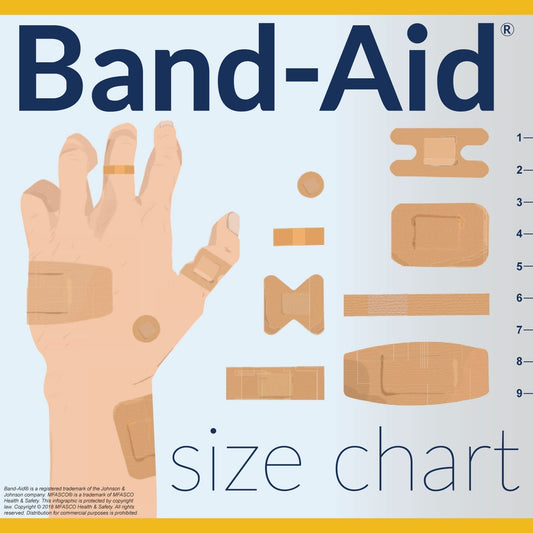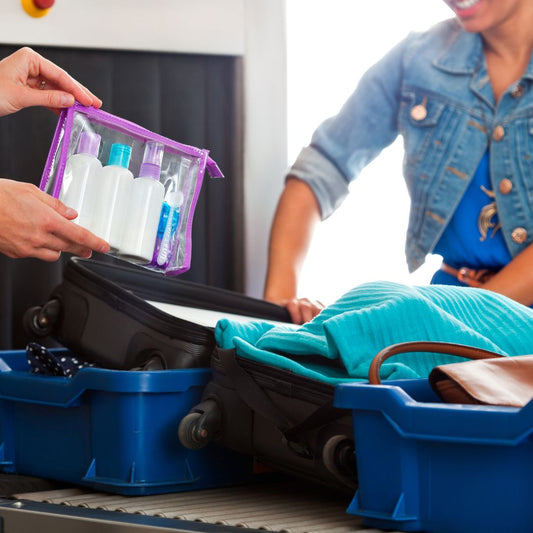Protecting Children From Heat-Related Illnesses

Whether you're a teacher hosting an outdoor activity during the final days of the school year or a camp counselor leading an all-day nature hike, preventing heat-related medical problems is crucial on hot summer days. These conditions include sunburn, heatstroke, dehydration, heat cramps, and heat exhaustion, all of which can be dangerous if not properly addressed. When you're in charge of a group of kids, preparing for the torrid summer heat is imperative to health and safety.
"Dehydration can accumulate from day to day."
Preparing for the summer heat
Before setting out on a summer excursion, ask yourself what items are needed to protect yourself and your children throughout the day. If kids are going to be participating in something active such as a soccer tournament, having an adequate amount of water, drinks or chews with electrolytes, sunscreen and a source of shade will help mitigate heat-related risks. When you're planning such outings, make sure you have enough supplies for everyone in your group. For example, a camp counselor leading eight campers on a day hike should ensure beforehand that there is enough water and sunscreen to safely keep each camper hydrated and protected for the duration of the trip.
Keep in mind that hot weather and exercise combined will require more water for each person. If possible, having facilities nearby to refill water bottles is ideal. For workers, the Occupational Safety and Health Association recommends regular breaks in cool, shaded areas and having medical services available - this same concept should apply when supervising children.
When answering several common questions regarding dehydration for WebMD, Dr. Albert C. Hergenroeder, professor of pediatrics at Baylor College of Medicine and chief of the sports medicine clinic at Texas Children's Hospital, explained that dehydration is cumulative. As a result, parents should keep kids regularly hydrated day in and day out. Furthermore, children should acclimate slowly to activity on hot summer days.
"If you're going to send your kid off to tennis camp, they shouldn't be sitting around doing nothing in May and then going out to play tennis eight hours a day in June," Hergenroeder told WebMD.
Knowing the signs
Being able to identify signs of particular heat-related conditions is critical when watching over children. Heat stroke, for children and adults alike, is a potentially fatal condition requiring emergency medical care. Symptoms of heat stroke include confusion, profuse sweating, and fainting spells, among other signs. Dehydration or heat exhaustion may also include excessive sweating, as well as symptoms of dizziness, nausea, headaches, tiredness, and thirst.
When a child experiences heat exhaustion, he or she should not do any more strenuous physical activity (sports, hiking, etc.) for the remainder of the day. If a child exhibits signs of dehydration, heat cramps, or heat exhaustion, place him or her in a cool area and offer plenty of water and fluids. If available, provide cold compresses, towels, or ice packs to help cool the child down.
Heat Relief Products & Accessories
Outdoor Protection Products
Sweatband Disposable 100/pk
Medi Lyte Electrolyte Tablets (50 x 2)
Additional Resources for Heat Relief & Supplies
Heat Stress - Hydration & Why It's Important
What is Heat Illness & How Can I Prevent It
Workplace Summer Heat Relief
Contributing Expert

Mike Brinker
Mike Brinker has been working in the first aid industry for over 35 years. He has worked with thousands of businesses,groups, and organizations to provide a healthy and safe work environment. Mike helped create “Make-A-Kit”, the internet's only online first aid kit creation tool. He has also authored many helpful first-aid and safety-related resource articles found at the MFASCO Learning Center.













